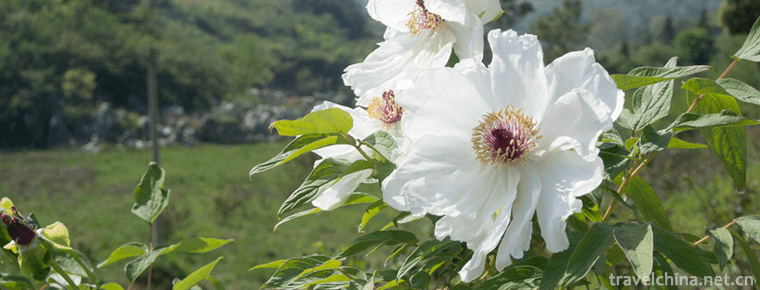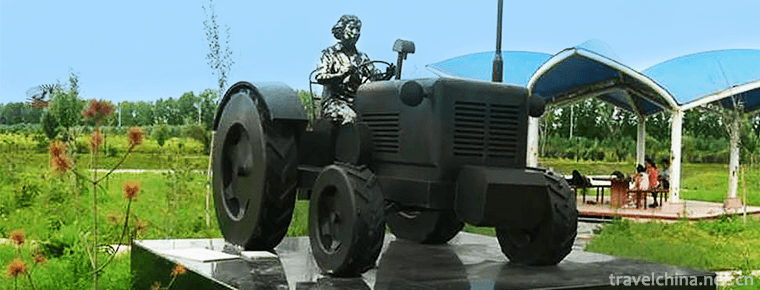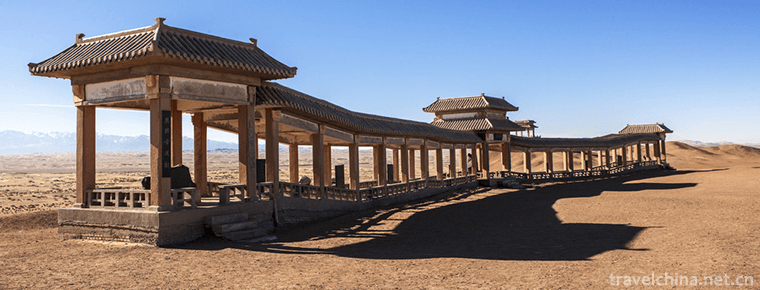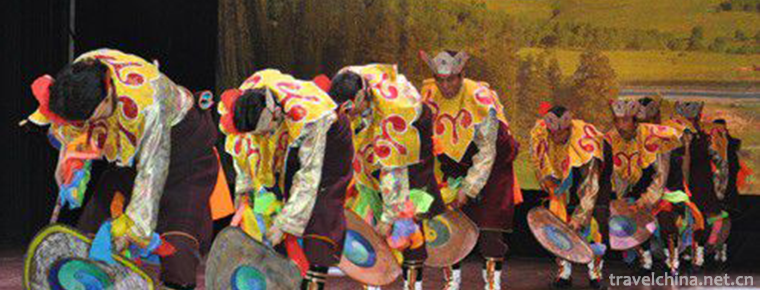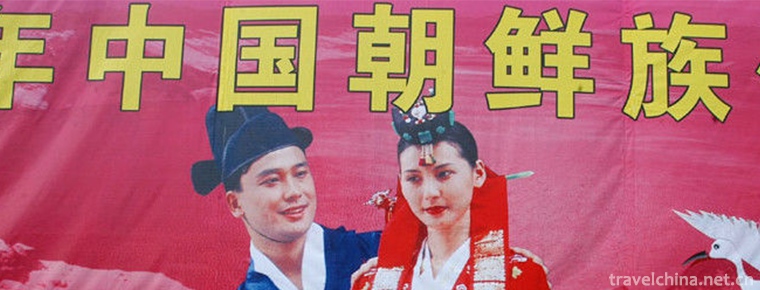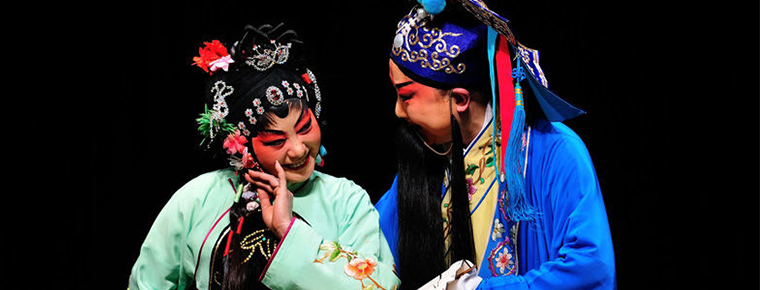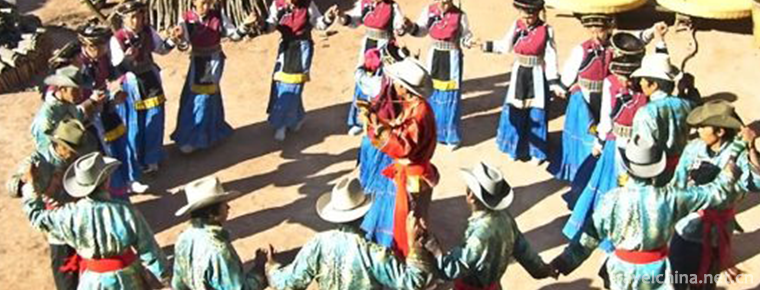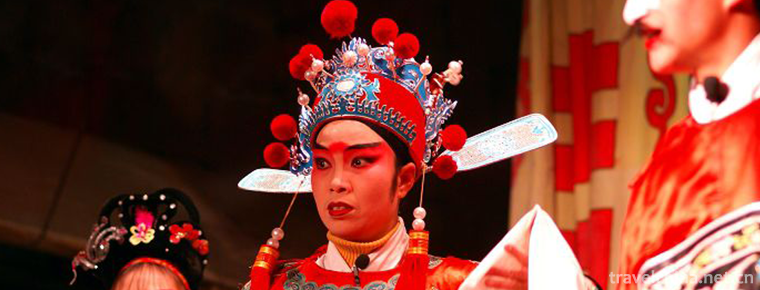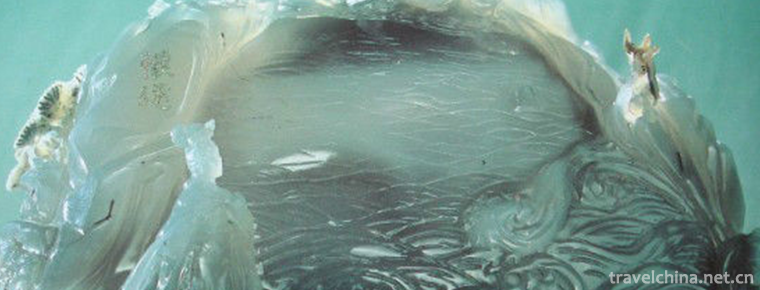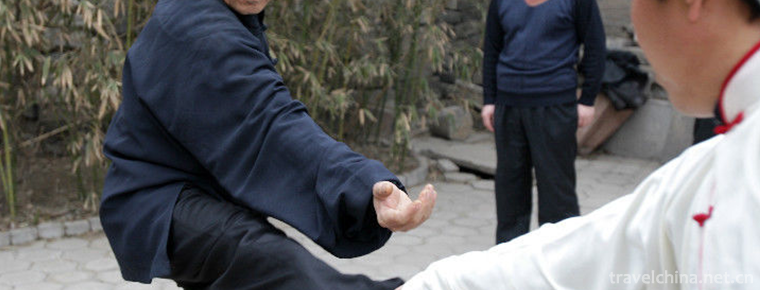Scissors Forging Technology
Scissors Forging Technology
Zhang Xiaoquan scissors forging technology, local traditional handicraft in Hangzhou, Zhejiang Province, one of the national intangible cultural heritage.
In the second year of Kangxi in Qing Dynasty (1663), Zhang Xiaoquan scissors were founded in Hangzhou and became one of the famous "five Hangzhou" products. The development of "Zhang Xiaoquan" scissors has experienced a historical period from traditional handicraft to modern production.
On May 20, 2006, Zhang Xiaoquan's scissors forging technology was approved by the State Council of the People's Republic of China and listed in the first batch of national intangible cultural heritage list, item number_-38.
historical origin
Zhang Xiaoquan's scissors were famous in the late Ming and early Qing Dynasties. Zhang Xiaoquan's father, Zhang Sijia, was famous for his "three knives" in Wuhu when he was young. Later, beside Yixian City, Zhang Dalong opened a "scissors shop" in front of and behind his shop. Zhang Sijia is earnest in his work. His grinding scissors are tough and sharp, which are highly praised by people. Koizumi, under his father's careful instruction and constant practice, also practiced a good hand-made scissors. When the Qing soldiers entered the Customs, their father and son fled to Hangzhou. In the big shaft and lane at the foot of Wushan, Zhang Dalong's scissors workshop was set up, and their casting skills were carefully studied. In the process of making scissors, the process of "inlaying steel" (also called inlaying steel) was used. Instead of using pig iron to forge scissors, Longquan and Yunhe steels of Zhejiang Province were chosen. The fine mud of Zhenjiang specialty was carefully grinded to make the scissors shining and prosperous. After Zhang Xiaoquanzi inherited his father's business, his business was thriving and ten times more prosperous because of his earnest production and excellent quality, and his location in Qinghefang, a commercial center in Hangzhou. In the second year of Emperor Kangxi of Qing Dynasty (1663 AD), in order to prevent others from selling scissors with Zhang Dalong's signboard, he changed the signboard to his own name "Zhang Xiaoquan".
It is said that when Emperor Qianlong of the Qing Dynasty went down the Yangtze River for the second time to Hangzhou, he disguised himself, mingled with pilgrims and walked up the mountain for sightseeing. Just as you were in full swing, Tiangong was not beautiful. Suddenly it began to rain, so you had to go down the hill to seek shelter from the rain. In a hurry, you walked into a workshop with the sign "ancestral Zhang Xiaoquan scissors". Qianlong was curious and took a pair of scissors with him. When he saw the cold flashing and sharp, he bought one and took it back to the palace. He liked the scissors very much as intrauterine scissors. Since then, Zhang Xiaoquan's scissors have made a great reputation, making scissors under the "Zhang Xiaoquan" brand. At most, they have reached 86, and the grand occasion of "Qingshan Yingbihu, Xiaoquan full of streets and alleys" has appeared.
When the first year of Xuantong (1909 A.D.) was passed on to Zhang Zuying, cutting technology had been passed on for eight generations in Hangzhou. He sent the trademark "Haiyun Bath Day" to Zhixian Yamen and registered with the Ministry of Agriculture and Commerce. The trademark also added the word "Quanjin".
In 1915, Zhang Xiaoquan's short-hand scissors won an award at Panama's "World's Fair". Since then, scissors have been exported to South Asia, Europe and the United States. On average, the market sells more than 10,000 scissors of various sizes every month. In 1917, after Chang Zuying changed the surface processing of scissors to polishing and nickel plating, it became more popular with customers.
While Zhang Xiaoquan's development momentum is booming, Japanese invaders invaded Hangzhou. Although Zhang Xiaoquan's scissors are far ahead in the scissors industry, they still suffer heavy losses and are on the verge of bankruptcy. Since the founding of New China, Zhang Xiaoquan's scissors have maintained their traditional characteristics and further improved their technology, output and quality. In 1957, "Hangzhou Zhang Xiaoquan Scissors Factory" was established.
In 2000, the overall restructuring of Zhang Xiaoquan's enterprises transformed into a limited liability company with diversified investors, which injected vitality into the development of Zhang Xiaoquan. Hangzhou Zhang Xiaoquan Group Co., Ltd. was founded after the successful transformation of the enterprise system, which has taken a decisive step towards the modern enterprise system.
Process characteristics
Zhang Xiaoquan's scissors are famous for their uniform steel inlay, distinct steel, fine grinding, firm pins, exquisite patterns, novel chiseling, durable, sharp edges, smooth opening and closing, low price and good quality. The products of "Zhang Xiaoquan" brand have sharp blades and soft body, which have achieved the effect of "combining steel with flexibility".
Technological process
The forging technology of Zhang Xiaoquan's scissors consists of 72 working procedures, such as steel testing, iron testing, steel inlaying, tapping, file inner opening, file outer opening, quenching, rough grinding, fine grinding, inspection and flower chipping. There are two unique production techniques in Zhang Xiaoquan's traditional shearing process. One is steel-inlaid forging technology, which is replaced by pig iron forging scissors. Good steel from Longquan and Yunhe of Zhejiang is selected to be inlaid on the cooked iron, and fine mud from Zhenjiang is carefully grinded. After thousands of hammering, the scissors are made into cutting edges and ground with Zhenjiang clay bricks. Second, the surface of the scissors is carved by hand. The scissors are carved with the patterns of West Lake landscape, birds and animals on the surface of the scissors, which are lifelike, perfect and exquisite.
Inheritance and protection
Inheritance value
Zhang Xiaoquan, the founder of Zhang Xiaoquan's scissors, once set up the family training of "fine steel works", which was practiced by his successors and became the core concept of Zhang Xiaoquan's corporate culture. Zhang Xiaoquan scissors factory "quality first, honesty first" business purpose and "do everything with heart" spirit is derived from this.
Zhang Xiaoquan scissors is the only well-known trademark in the scissors industry in China, and a business card of the scissors industry in China. As the first batch of national intangible cultural heritage, Zhang Xiaoquan's scissors forging technology occupies an important position in the development history of scissors in China. Its development history fully shows the transformation process from traditional Chinese scissors production to modern scissors production, basically reflects the miniature of the development history of Chinese scissors since Ming and Qing Dynasties, and has played an important role in the development history of scissors in China. It plays an important role in connecting the past with the future.
Inheritance status
In the 1950s, the production of a pair of scissors was completed through 72 processes under the simple conditions of "one bellows, one hammer, one grindstone, one basin, one file, one stool". With the mechanization and automation of more than 90% of the production processes of Zhang Xiaoquan scissors, only 9 production processes are needed at least. With the large-scale application of stamping and injection moulding process, the traditional process is gradually abandoned. Even the traditional processes still being used are only retrogressive and no progress has been made. Many cutting and cutting workers are too old to operate in person. As a result, this ancient handicraft has been inherited and broken, and now the skilled shears who can complete all the processes from beginning to end no longer exist. The forging process of Zhang Xiaoquan scissors is in urgent need of rescue and recovery.
Inheriting characters
Shi Jinshui, male, born in March 1933. In June 2007, Shi Jinshui was selected as the representative successor of the first batch of national intangible cultural heritage projects: Zhang Xiaoquan scissors forging technology.
Xu Zuxing, male, was born in November 1931. In June 2007, Xu Zuxing was selected as the representative successor of the first batch of national intangible cultural heritage projects: Zhang Xiaoquan scissors forging technology.
Zhang Zhongyao, male, 8 May 2018, Zhang Zhongyao was selected as the representative successor of the fifth batch of national intangible cultural heritage projects, inheritance project: Zhang Xiaoquan scissors forging technology.
protective measures
In 2002, Zhang Xiaoquan scissors passed the ISO 9001 quality management system certification, and in the same year, they were also protected by the registration of origin.
social influence
Honorary recognition
In 1910, Zhang Xiaoquan's scissors won the silver prize of Nanyang Exercise Association.
In 1915, Zhang Xiaoquan won the second prize of Panama World Expo.
In 1926, Zhang Xiaoquan's scissors won the silver medal of the World Expo in Philadelphia, USA.
In 1929, Zhang Xiaoquan's scissors won the first prize at the West Lake Exposition.
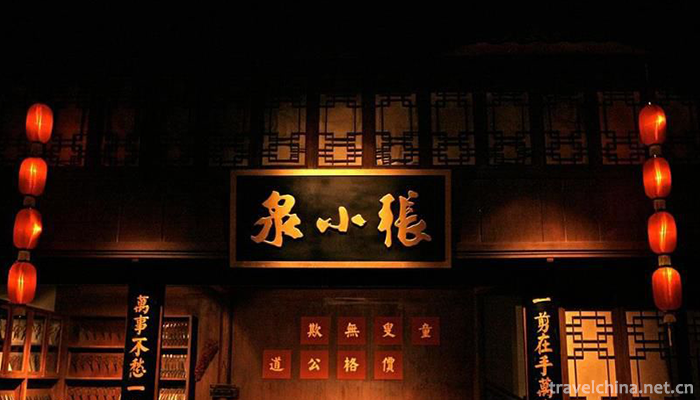
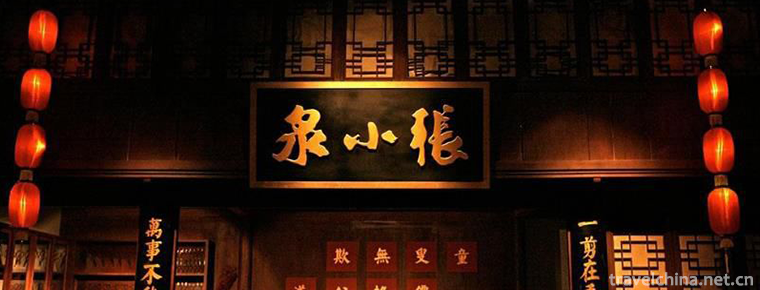
Scissors Forging Technology
-
Hao River
Haohe River surrounds the old city of Nantong, like a gourd, like a Pearl chain, known as the "emerald necklace" of Nantong City. It is a national 5A tourist attraction.
Views: 211 Time 2018-12-06 -
Laoshan Scenic SpotQingdao Shandong Province
Laoshan Scenic Area of Qingdao, located in Qingdao City, Shandong Province, is one of the first national key scenic spots approved and announced by the State
Views: 207 Time 2018-12-08 -
Yashan Huahai Stone Forest
Yashan Huahai Stone Forest Tourist Area, located in Nanling County, Wuhu City, Anhui Province, is one of the important scenic spots in Anhui's "two mountains and one lake" tourism economic c
Views: 176 Time 2018-12-20 -
The Great Northern Wilderness Agricultural Expo
Beidahuang Agricultural Machinery Expo Park is a national AAAA-level tourist attraction located in Youyi County, 50 kilometers away from the city center, covering an area of 350,000 square meters.
Views: 194 Time 2018-12-26 -
Yang Guan
Yangguan is the throat of ancient land transportation in China and the only pass along the southern Silk Road. Located in the southwest of Dunhuang City, Gansu Province
Views: 163 Time 2019-03-03 -
Tibetan Gugu Encouragement
Tibetan God inspiration has a long history. As for its origin, there is a legend that one or two hundred years ago, a "Gawa Hubo" (i.e. a local official) in Ningba village danced in the mans
Views: 411 Time 2019-04-05 -
Korean Traditional Wedding
The traditional wedding ceremony of the Korean nationality in China is formed by the continuous integration and development of the Korean ancestors with the Han nationality and other minority
Views: 185 Time 2019-04-16 -
Sichuan Opera
Sichuan Opera, commonly known as Sichuan Opera, is mainly popular in the Han nationality areas of Sichuan, Chongqing, Yunnan and Guizhou provinces in southwestern China
Views: 211 Time 2019-04-19 -
Pumi rubbing
Pumi nationality rubbing "rubbing consultation" is Pumi language, "rubbing" means dancing, "rubbing" means dancing, that is, dancing. When dancing, the leader strikes the
Views: 325 Time 2019-06-09 -
Ming opera style
On May 20, 2006, Yiyang Opera was approved by the State Council of the People's Republic of China to be listed in the first batch of national intangible cultural heritage, numbered IV-5.
Views: 176 Time 2019-07-13 -
Jade carving
Jade carving is one of the oldest carving varieties in China. Jade carved into exquisite crafts, known as jade carving. Craftsmen in the production process, according to the natural color and shape of
Views: 352 Time 2019-07-16 -
Elbow pounding
This is a rather mysterious school, which originated from a famous family in Linqing, and is closely related to the chivalrous spirit inherent in the Chinese people; it is a fierce school, but it has
Views: 432 Time 2019-08-10


